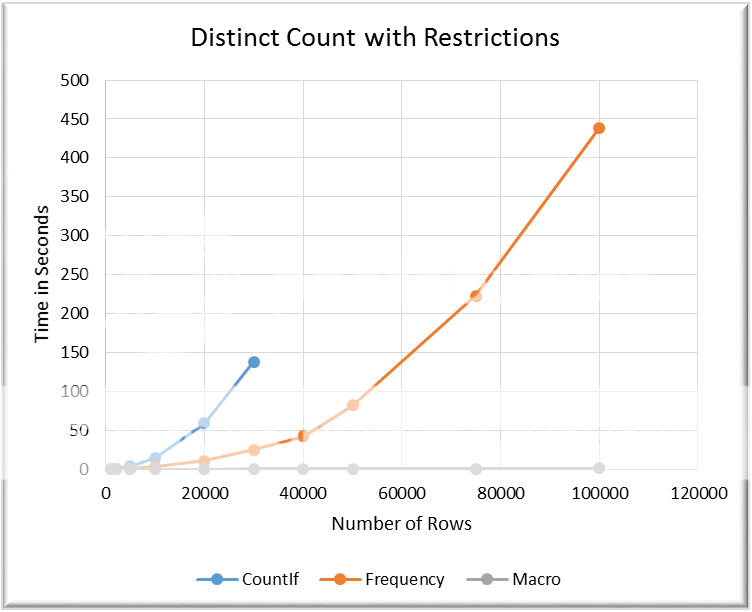Edwardryez
New Member
- Joined
- Apr 28, 2014
- Messages
- 48
Trying to modify the formula below:
{= SUM(IF(C2:C233<>"",1/COUNTIF(C2:C233,C2:C233)))}
Based on the Values in the column:
H2:H233<>""
How can i put this together?
{= SUM(IF(C2:C233<>"",1/COUNTIF(C2:C233,C2:C233)))}
Based on the Values in the column:
H2:H233<>""
How can i put this together?






